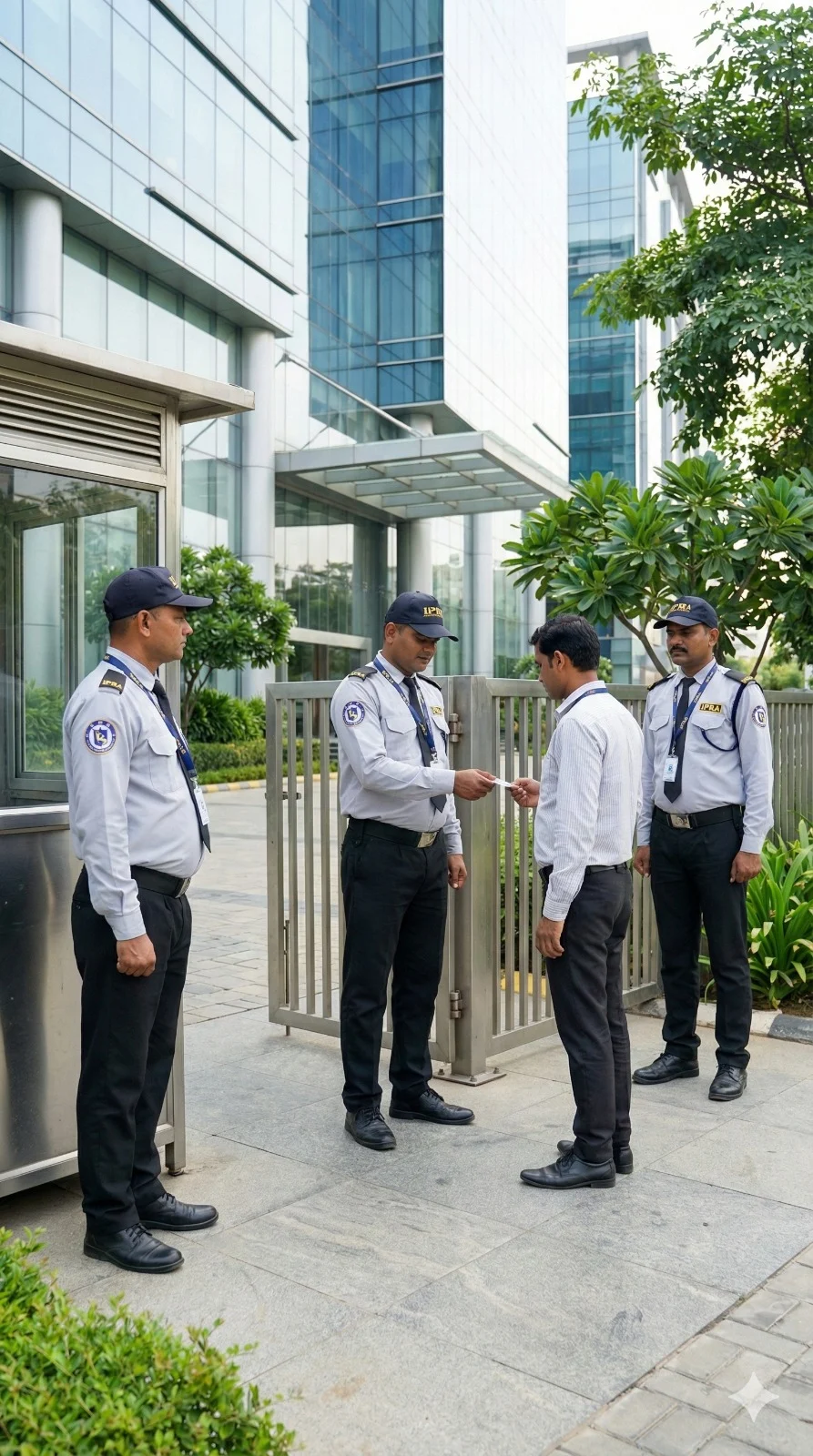Many people visit shopping malls every day. The beauty of the place is marred by its risks to the security of the visiting people, from petty thefts to heinous crimes. Strategies and technologies developed to counter these threats must keep up with their evolution. This blog explores some best practices and state-of-the-art technologies put in place at shopping malls to offer a much safer place.
What Malls Need to Know About Hidden Threats?
Security threats to shopping malls are many and range between conventional and emerging. Understanding these shopping mall security threats is very instrumental in implementing effective security measures.
Common Security Threats:
Several forms of incidents trouble the malls, such as theft, vandalism, and terrorism. The most frequent are shoplifting and ORC, which come with highly sophisticated techniques and are well-organized. Vandalism is less common; however, in case of its happening, damage is widely caused, and disruption is caused to many. More dangerous threats, like terrorism, need additional vigilance and preparation because of their high potential to cause both widespread harm and fear.
Evolving Nature of Threats:
The nature of these shopping mall security threats keeps on changing. For instance, techniques of theft have evolved to include technological evasions of security measures put in place. Similarly, opportunities for terrorism are increasing as attackers begin to select sites such as public places to inflict maximum damage. With the integrating of technology into these criminal methods, a security system must be equally advanced to effectively counteract such threats.
Threat Detection and Mitigation:
State-of-the-art security systems detect and mitigate these ever-evolving threats. State-of-the-art video surveillance cameras in high definition with motion detectors are able to detect the presence of any PACE. Access control through biometric data aids in preventing unauthorized entrance. Integrating such technologies into one coherent security framework keeps track of events in real-time and provides a rapid response to potential threats.
Best Practices for Shopping Mall Security
The shopping mall security calls for multi-dimensional approaches that entail both physical security measures and surveillance, forms of emergency response.
Physical Security Measures:
- Access Control Systems: Advanced access control systems would be imperative for the processing of individuals entering and exiting restricted areas within the facility. Biometric scanners, whether through fingerprint or iris recognition, provide much higher security compared to key cards. This ensures that only authorized staff members get into the sensitive areas of the facility, thus reducing the possibility of risks from internal threats.
- Physical Barriers: These types of attacks could be made more difficult to execute through the use of physical barriers, minimizing and preventing them. Deterrence and reduction of vehicular attacks or unauthorized entry can be achieved by installing security bollards and reinforced glass.
Carefully located bollards around the entrances and other various critical points will avoid the breach of the malls’ perimeters by a vehicle. The reinforced glass used in storefronts and other areas of key access adds further protection against forced entry and vandalism.
- Perimeter security: It refers to controls at the outer edges of the mall. It can be achieved using fencing, motion sensors, and good lighting that deters the intruder from penetrating. These would need inspections and maintenance at intervals to ensure effectiveness.
Surveillance Systems:
- State-of-the-Art CCTV Systems: State-of-the-art CCTV systems furnish high-definition video surveillance to identify people clearly and activities being performed. These are normally complemented with other features such as PTZ cameras that cover large areas, zooming in for details when necessary.
- AI Integration: Artificial intelligence integration makes shopping center surveillance security systems more efficient. It can analyze video feeds in real time and detects any kind of suspicious behavior, triggering an alert when necessary. For example, it detects people moving against the traffic flow or even lingering within a particular zone.
Introduction of New Technologies in Mall Security
Counter-security threats need the adoption and integration of emerging technologies to enhance capabilities in surveillance, detection, and response.
Advanced Surveillance Technologies:
- Drones: Camera drones offer a different vantage view to surveillance with the aerial view of large areas. They could be launched for periodic monitoring or incident response. They are very effective in outdoor spaces and parking lots, where traditional cameras are, at best, limited in their reach.
- IoT Devices: The Internet of Things comprises several devices that are connected through the internet, helping collect and analyze data in real-time. IoT sensors can monitor several parameters regarding the mall security, such as door access, alarm systems, and environmental conditions. This real-time information has been helpful in detecting anomalies and, accordingly, performing actions to counter threats more effectively.
Artificial Intelligence and Machine Learning:
- Predictive Analytics: AI algorithms can, through the assessment of historical data and existing conditions, attempt to predict likely security problems. For instance, predictive analytics spots trends preceding probable theft or vandalism, thus giving room for prior measures.
- Behavioral analysis: Machine learning models can trace behavior patterns and identify activities that seem suspicious. The models will set apart the normal from the abnormal: a person acting nervously, moving erratically, and alerting security personnel.
Cybersecurity Measures:
- Digital System Protection: Protection of malls’ digital systems against cyber threats is very necessary because they increase the integration level with security systems and networking. This can be achieved through the following effective cybersecurity measures: firewalls, encryption, intrusion detection systems that counter hacking, and data breaches.
- Secure Communications Networks: Ensuring the safety of communication networks from any breach is important in securing the operations for security. It also involves ensuring that communication lines are safe between the personnel and outside contacts, like emergency services, within an organization. Regular updating and vulnerability testing are necessary to ward off constantly evolving cyber threats.
Securing Malls with IPRA Security Solutions
IPRA Security Solutions represents a professional and world-class security solution for shopping malls and other environments with regard to safety. The company believes in excellence and applies modern technologies and methodologies to deal with modern security challenges.
Services Offered:
Physical Security: We provide trained security personnel to ensure a safe environment in all settings.
Surveillance Systems: Designing, procurement, and commissioning of state-of-the-art CCTV systems, which include high-definition cameras and real-time monitoring solutions.
Emergency Response Planning with detailed response plans developed and coordinated with local law enforcement to enable rapid intervention.
Cybersecurity—Protection of digital systems against cyber threats and ensuring the safety of communication networks and integrity of data. Technologies and methodologies that will be used include:
- AI and machine learning for predictive analytics and threat detection
- Integration of IoT devices to monitor and control on all levels.
IPRA Security Solutions has operational centers spread over key locations to ensure maximum regional coverage. It offers vigorous security solutions to shopping malls, commercial spaces, and other such requirements.
Wrapping up,
Security in a shopping mall, by nature, is not an easy environment. Being ahead of security threats requires both best practices and innovative technologies. A thorough understanding of the potential threats, robust security measures, and embracing new technologies together empower malls to create a safer environment for their patrons.
For malls to handle the evolving challenge of providing a secure shopping experience, security strategies should be reevaluated and improved from time to time by the management.







